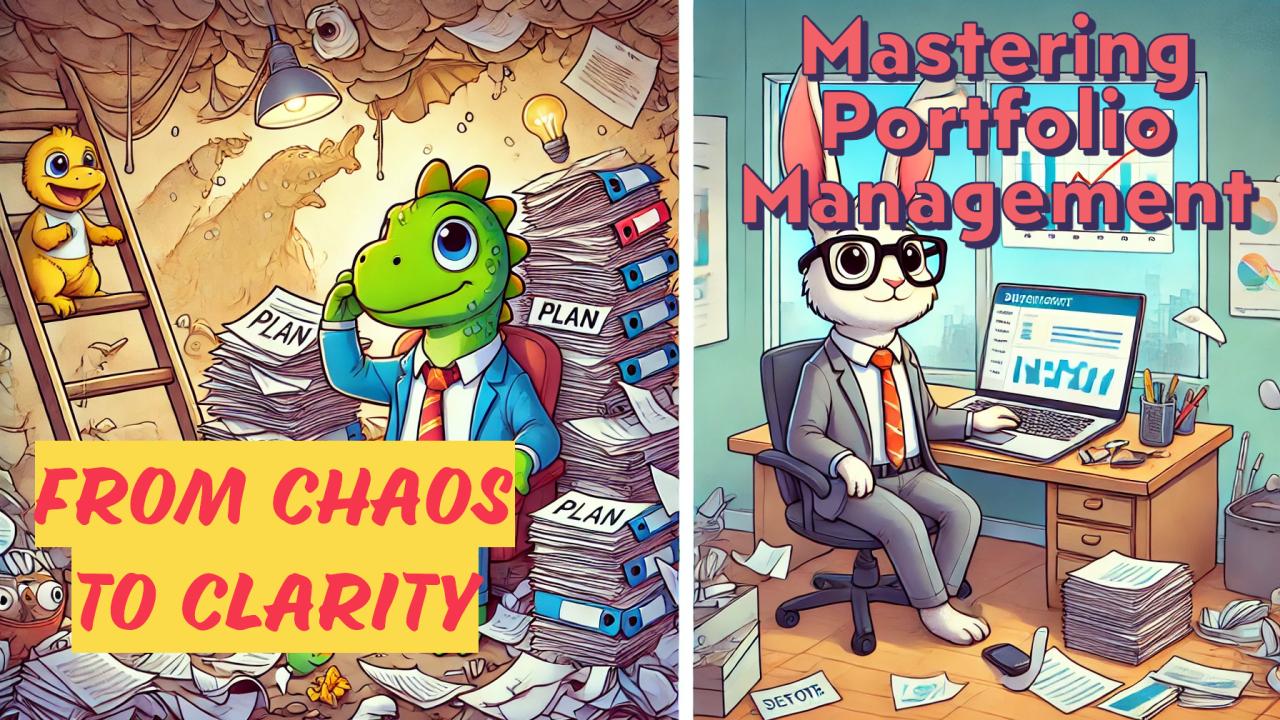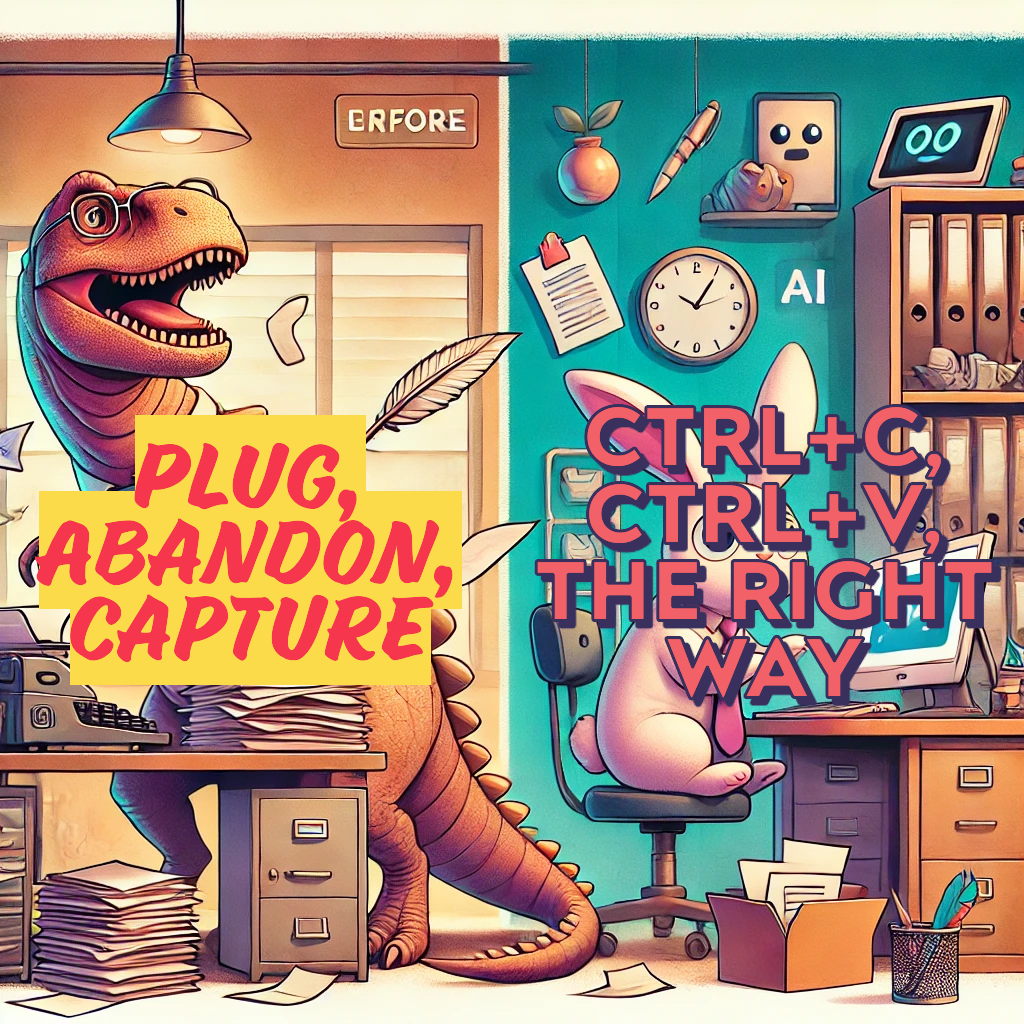From Chaos to Clarity: Mastering Portfolio Management

You have said you will deliver five wells this year, but already the first one is postponed and the second one came in at double time and half the reservoir exposure. What do you say?
Today, no worries, it’s normal to underperform. You can emphasise what went good on one of the wells, like you managed to rescue some value from the burning doom after it took a sharp turn to disaster. And you will look like a great leader with ambition and control, and partners will dive in to learn more about the details. Highlight how you are incrementally working to improve performance with a team building, and everyone will agree that your job is challenging, and you are the best to do it.
But step back a bit Mrs. The last time you made plans, you multiplied all expected production with zero point two, because no way can you trust the plans. Because you are not managing your portfolio of wells.
Portfolio management
Now replace the production multiplier with 1 instead of 0.2. That gives you five times more production, and your field is profitable. Guaranteed. Let that be your anchor, and we can look at what it takes to get there.
Portfolio management means that you can deliver likely plans for multiple wells over time. You can say you will deliver five wells, and you deliver five wells. At the end of the year, you stamp out with a good match. You raise the bar on how you operate by expecting deliverables on all wells, instead of focusing deeply on each well individually. With portfolio management, you invest in an organization to plan and execute.
Sweet cheese, so I just stop working and all the problems go away? Not really, the hard part is to get the workflows right. Are you working with the right tools? Do you have the data to understand risk and quality?
Predict the outcome of the wells, not just say you are ready to gamble
The complexity index was introduced a decade ago, and most wells are stamped with high risk. But without portfolio management, you have to accept that only one of two wells deliver on time, scope creep happens all the way leading up to operations, and even during operations.
With portfolio management you create plans to predict the outcome of the wells. Sounds obvious, but it is a big up. When you get it right, you tie production volumes to wells, and you measure the performance of the asset on value adding KPI’s.
You get uneasy talking about technology development, since we are all going to standardize and do our best during operations. But if you start portfolio management, you realize that the technology for planning and executing wells are outdated. The decision structures are the same as they were forty years ago, and so are the role descriptions. Portfolio management gets you started on catching up on the technology advances the world has seen.
A new way of understanding risk and quality
To do portfolio management you need to have processes in place so engineers and managers can work together and use all their skills to create value. You need to improve your planning. Instead of starting from scratch with a spreadsheet and personalized workflows culminating in a document that everyone signs, build plans you believe in and want to be held accountable for. Parameters that impact the time and quality of the well need to be planned in such a way that you don’t need to discuss alternative plans during operations.
Things you need to add to your process:
- KPI’s that make people accountable for well deliverables
- Parameters for time, cost and risk that you are accountable for
- Plans which can be QC’ed automatically so you don’t need to be in all those meetings
- End of well reviews that compare plans with actual
- Portfolio plans
Things that don’t fit in portfolio management:
- Project change management spreadsheets
- Written risk statements
- Written contingency plans
- Thousands of spreadsheets
Data is the information carrier
Nothing is more comfortable than having people being information carriers. You can call for a meeting, discuss this and that, give some input and ask some questions, and everyone feels great. But for portfolio management, this approach is too soft. You need data that transfers into operations instead of having people being the information carriers.
What is evidence that we are not doing portfolio management?
- Plans are documents, not datasets.
- Plans are documents with pages and pages of description of risks.
- KPI’s are on doing as best as you can
- Bonuses are paid for delivering copy-paste performance
We know many asset owners and managers are afraid of introducing change, they have experienced too many incremental improvements where their teams turned on them because they didn’t see any value. But everyone wants to do a good job, and our experience from introducing portfolio management globally to super majors and quality driven partners is that engineers jump on better ways of working and love the productivity boosts.

